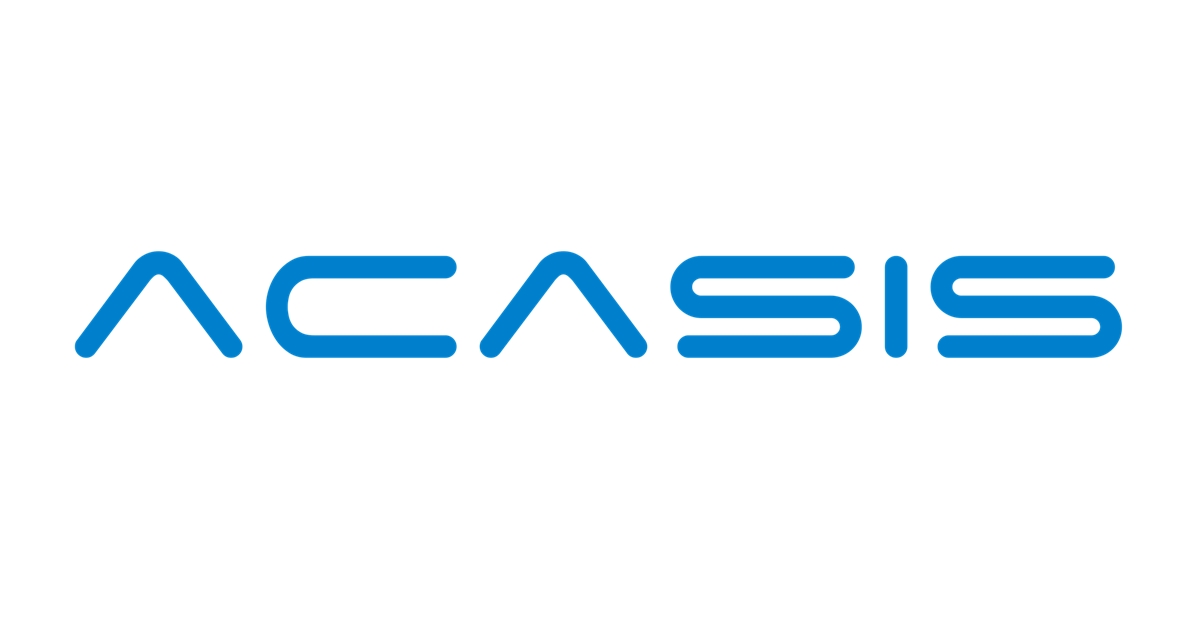That capture card is easily cheap enough to be deceptively marketed. Don't believe anything it says, and be happy with whatever you manage to get from it.
Two common problems are:
- A USB 2 chip behind a USB 3 connector. So the entire card is limited to USB 2, despite all of its own hype about how USB 3 is so much better than that.
- This severely limits the amount of data that it has to cram the video signal into, and so it both refuses to offer certain formats, either at all or it downconverts them in the card before offering them as something smaller, and then it compresses that *in the card* before it shoves the compressed version through USB 2, despite having a USB 3 connector and all the hype that goes along with that.
- The compression type is often "MJPEG", which is simply a JPG still image of each frame, with no knowledge of the other frames. So if you've seen the "JPG fuzzies" on a still image, that's what it's doing to your video too, *in the cheap capture card*, not in OBS.
- Random latency. I don't know why this one exists, but it does.
- I had a set of 4 cheap HDMI -> USB capture cards on the same rig, and they were always out of sync with each other by different amounts every time I turned that rig on.
- Replacing them with a single 4-input PCIe card both fixed that, and brought the average latency down from 500ms to 300ms, according to the Sync Offset for the separate audio feed from my external mixing console, which otherwise remained unchanged through that transition.
For USB, stick with the name brands, for a better chance of getting something honest, and expect to pay close to $100 per channel.
Also, do some research and try to find one that works on Linux, even if you'll never use Linux yourself. The reason is that working on a free system with already built-in drivers for most existing standards, indicates that they're using one of those existing standards instead of rolling their own which requires their specific driver that they almost certainly won't keep up to date as things age.
So, working on Linux, thus not being tied to *ongoing* effort on their part, indicates that it's likely to continue working as long as the hardware holds out, which could very well be forever if you don't abuse it...instead of becoming e-waste when the company decides to abandon it and make you buy another one.
For an internal PCIe card, I like these:
Acasis PCIe capture card supports multiple HD resolutions (such as 4K60Hz), bringing crystal-clear visual effects to the audience. It also supports quad HDMI or SDI simultaneous input, allowing you to flexibly adjust between different camera angles or input devices. Solve your professional video...

www.acasis.com
PCIE CAPTURE CARD AC-4HDMI (Quad HDMI-1080P60).zip AC-4SDI (Quad SDI-1080P60).zip AC-4HDMI PLUS (Quad HDMI-1080P60).zip AC-4SDI PLUS (Quad SDI-1080P60).zip AC-VS2583 (2 HDMI-4K60).zip AC-VS2584 (1HDMI+1SDI-1080P60).zip AC-VS007 (Dual HDMI-1080P60).zip AC-VS014 (2HDMI+2SDI-1080P60).zip AC-VS049...

www.acasis.com
I got the 4x SDI version, to eliminate a bunch of conversions, as the cameras in that rig come in as SDI. But there's also a 4x HDMI version that looks to be identical otherwise. And some smaller ones too for...not much cheaper, really.
One of the pitfalls of multi-input cards is that the cheaper ones of those have only one converter chip, which is the expensive part, and a quick-and-dirty switch to connect one input to it at a time. That might be okay for security systems, but not for us. The ones that I linked to, do have a dedicated converter for each input, so you can use all of them simultaneously.
